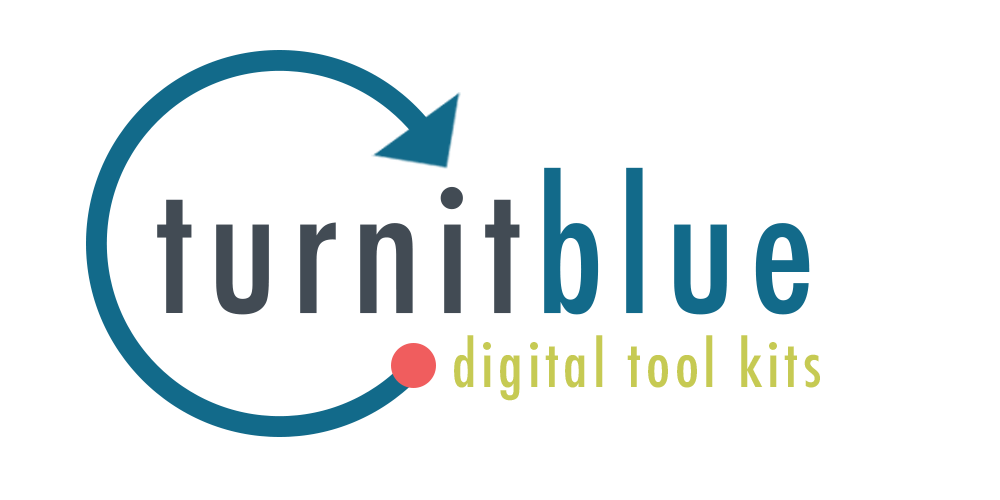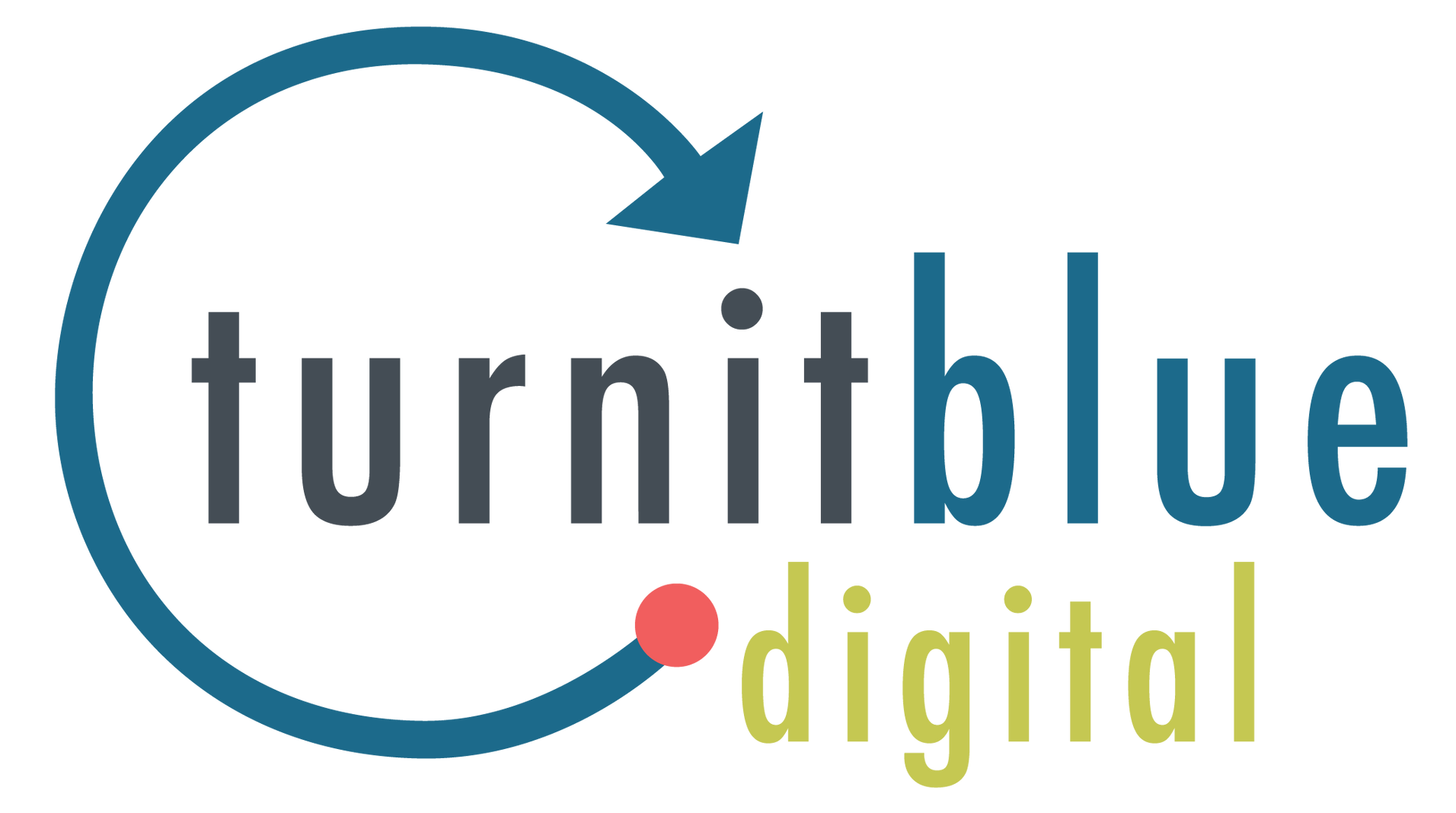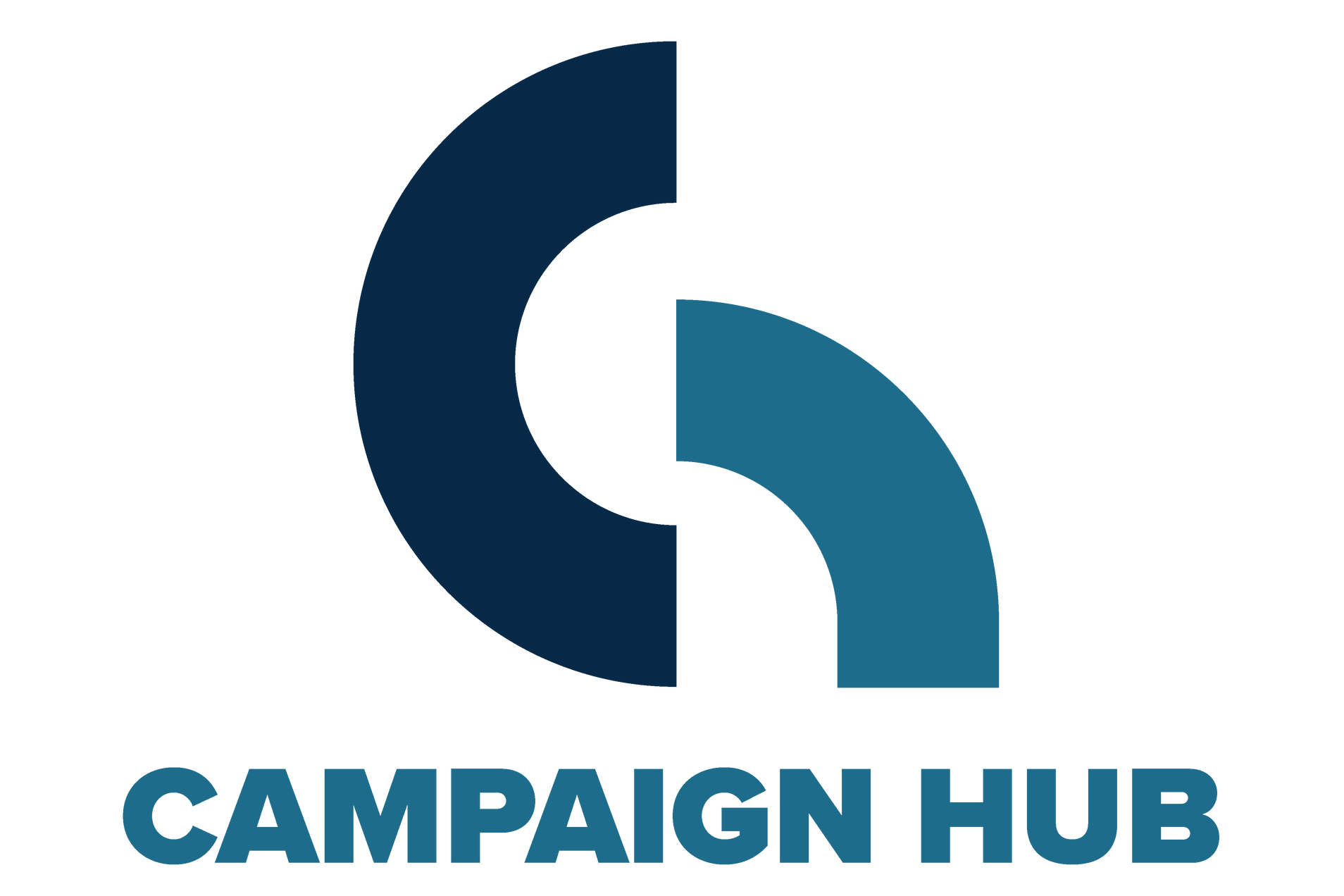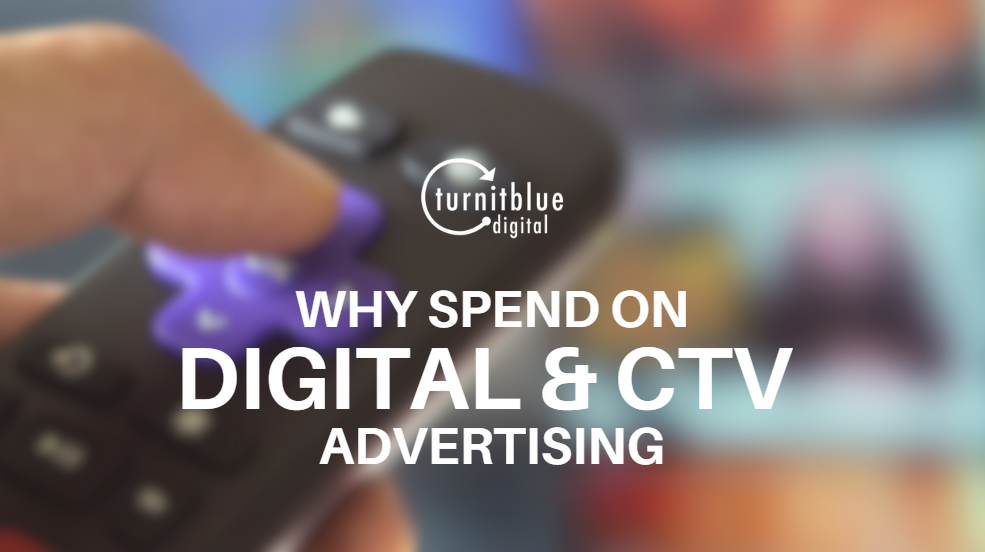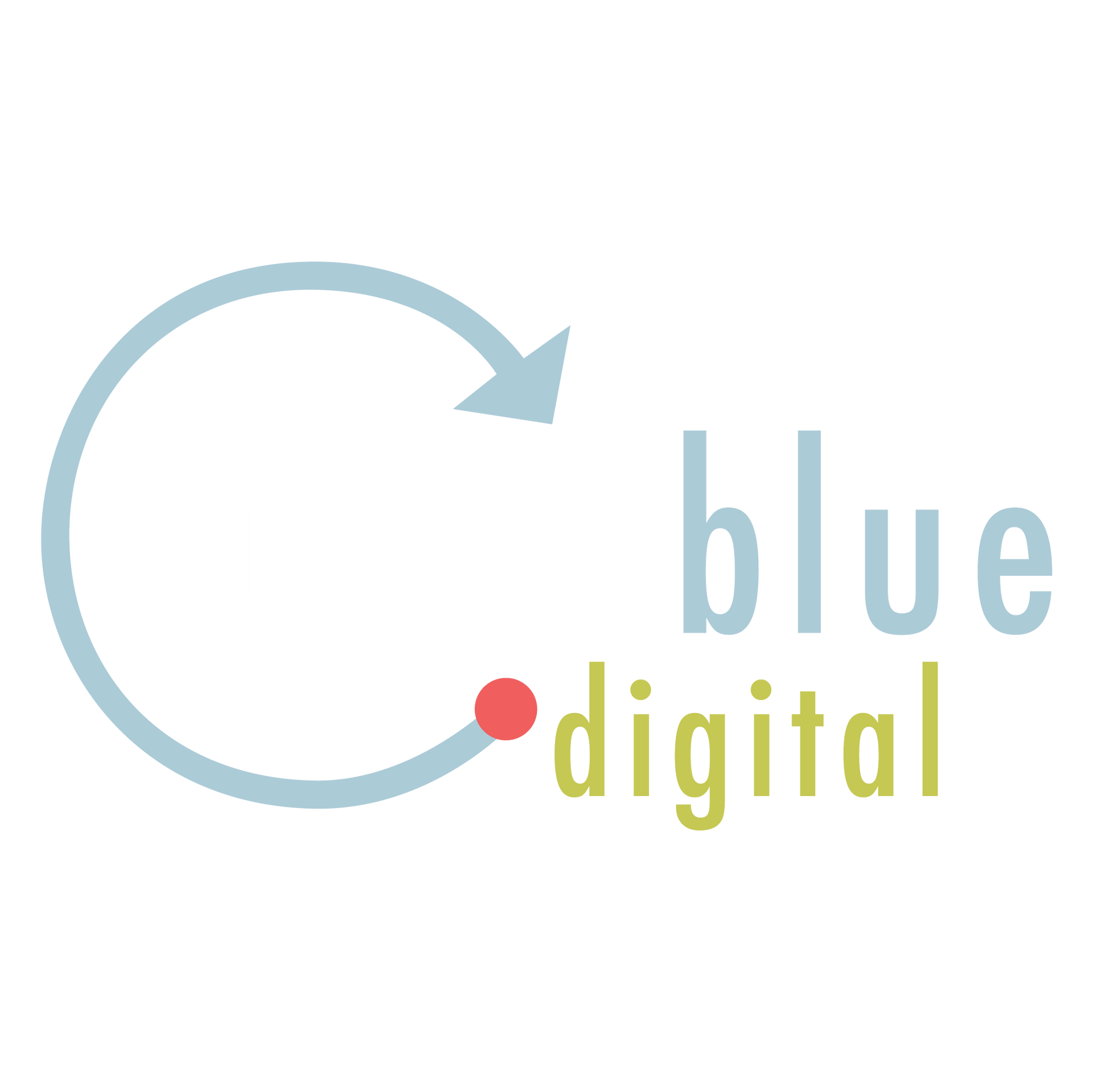You've Won your Primary, Now What? Part 1

Start your digital ad plan with your full budget in mind. Often, campaigns treat digital with a "nickel and dime" budgeting approach.
Even though it's easy to add funds incrementally to your digital budget, it should receive a full budget designation from Day 1. Don't create your digital budget based on what's left over after you've purchased your other big-ticket items. Treat digital as its own line item. Here's why:
In order for digital advertising to be effective, you want to aim for between 6-12 impressions per voter per week, which means you need to know that you have funds allocated to reach every voter the correct number of times for the duration of your campaign. If you are piece-by-piece putting together a digital budget, it's impossible to ensure your full audience is getting the benefit of digital ads to create a meaningful result.
Once you know your budget, you should tweak three key data points to create a perfect campaign plan:
- Your audience size: Who are you delivering your ad to? Understanding your target demographic is crucial. Focus on the voters who are most likely to support you but also consider reaching out to those who might be undecided. Use data analytics tools to segment your audience effectively.
- Your impression frequency: How many times a week should your average target see your ad? Consistency is key in digital advertising. Research indicates that it takes multiple touch-points before a voter can recall your message and take action. Striking the right balance in frequency ensures that your ads are memorable without being annoying. The rule of thumb is to aim for 8-12 impressions per week for digital ads alone.
- Your campaign duration: How long will you run your ads? Timing can make or break your campaign. Starting too early can exhaust your budget, while starting too late might not give your message enough time to sink in. Plan a duration that aligns with key dates and events in the electoral calendar. Remember, it's always possible to add funds to increase your reach (who you talk to) and frequency (how often they see your message) once you start with a budget you know is achievable.
Our Digital Ads Calculator provides a perfect tool to help you plan your campaign budget based on the size of your audience and the length of your campaign. Take a look at how your ad budget can change your strategy on the front end to yield a good end result on the back end:
- Budget Analysis: Use the calculator to test different scenarios. What happens if you increase your budget by 10%? How many impressions can you expect to get on programmatic ads or by layering in CTV ads?
- Audience Impact: Start with what you know and get help building your budget. You know your win number. You know how long you'd like to talk to voters. You know your goal frequency (8-12). The Digital Ads Calculator will help determine what size budget you need.
In any of these cases, creating the wrong ad plan—that is, campaign duration, frequency goal, and audience size—for your budget would prove disastrous for your digital strategy. Missteps can lead to wasted funds, missed opportunities, and ultimately, a failure to connect with your voters in a meaningful way.
Bottom line: When you begin with the budget in mind, you can create a plan that works with an audience size that will help you reach your win number and a timeline that allows your message to resonate for the proper duration. By treating digital advertising as a critical component of your overall campaign strategy, you'll ensure that you have the resources necessary to engage, persuade, and mobilize your voters effectively.
Stay tuned for Part 2, where we'll dive deeper into optimizing your digital content and leveraging digital platforms to maximize voter engagement and turnout.
Turn It Blue Digital Blog


